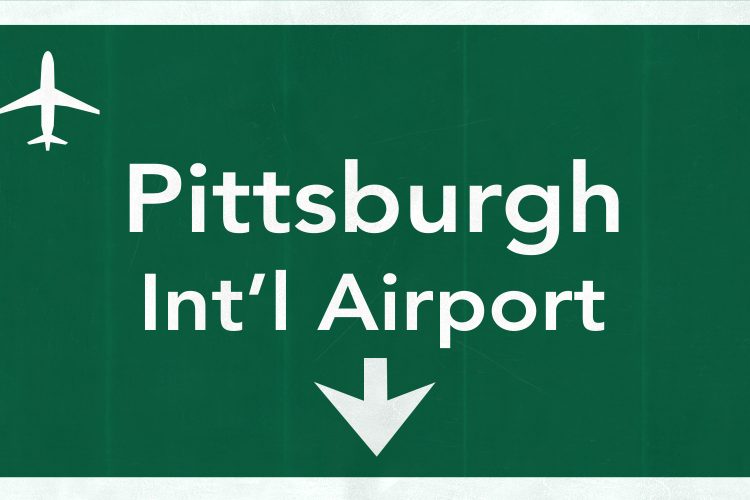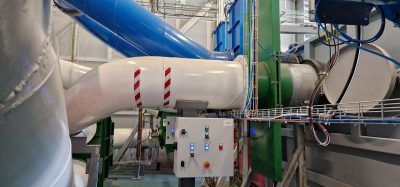Pittsburgh International Airport’s new terminal design embraces nature, technology, and community for a unique experience
- Like
- Digg
- Del
- Tumblr
- VKontakte
- Buffer
- Love This
- Odnoklassniki
- Meneame
- Blogger
- Amazon
- Yahoo Mail
- Gmail
- AOL
- Newsvine
- HackerNews
- Evernote
- MySpace
- Mail.ru
- Viadeo
- Line
- Comments
- Yummly
- SMS
- Viber
- Telegram
- Subscribe
- Skype
- Facebook Messenger
- Kakao
- LiveJournal
- Yammer
- Edgar
- Fintel
- Mix
- Instapaper
- Copy Link
Posted: 4 November 2024 | Gabriel Higgins | No comments yet
Pittsburgh International Airport’s new terminal set to open in 2025 will be designed to represent the spirit of the region, designed with the concept of nature, technology, and community.


Pittsburgh International Airport’s (PIT) new terminal will be designed to represent the spirit of the region. Opening in 2025, the terminal will be designed with the concept of NaTeCo (Nature, Technology, Community).
“What I think this airport design is doing is really bringing the local flavour, colours, texture of Pittsburgh and the Western Pennsylvania region, but it’s also creating those memorable spatial moments where people are going to just pause and relate to all five of the senses,” said architect Carolyn Sponza, Pittsburgh studio lead and principal at Gensler.
Context for design
To understand Pittsburgh, you must know its origins. Pennsylvania was founded in 1681 via a land grant from Charles II of England to William Penn.
What is now a commonwealth takes its name in part from Admiral Sir William Penn because his son, the humbler man to whom the land was granted, was also named William Penn. The province was abundant with forests, or woods – silvae, in Latin.
Late 17th Century monarchs were creatively literal when naming colonies, ergo, Penn’s Woods… Penn-silvae… Pennsylvania.
“We designed the new terminal as a pavilion in Penn’s Woods,” said Luis Vidal, founder and president of Luis Vidal + Architects, part of the architectural team that designed the new terminal.
The design concept of NaTeCo incorporates core elements of the region into the new PIT terminal, creating an improved visitor experience that promotes connection.
Watch the new Terminal below:
Inspired by Nature, Technology, Community
“When [visitors] walk in, I hope they go, ‘Wow.’ It represents your city, your region, and this is going to change everything for Pittsburgh,” said Rick Lee, implementation manager for the new PIT with Paslay Group. Lee has been a liaison between the architectural team and the airport, helping to transform the architectural design into a reality.
Building connectivity into architecture is a novel idea for an airport. The principle of enhancing the passenger experience through spatial relation to a region, its industry, its history and its people helps enrich air travel.
Guided by the NaTeCo design concept, the new PIT will impart a sense of the familiar — home — while introducing visitors to Pittsburgh.
“The use of nature — natural light, ventilation, colour, vegetation, outdoor activity — all those things are very rare in an airport,” said Vidal, “and this will be one of the very first airports in the world to take advantage of all these possibilities.”
The environment is also reflected in the new terminal’s structural tree columns, its roof representing the rolling hills of the region and its four green terraces, showcasing native plants hydrated with rainwater collected from the roof.
Technology is woven seamlessly into the design concept. While many of the improvements will operate in the background, travellers will notice that the security checkpoint and baggage claim are modern and faster.
Pittsburgh celebrates a number of special traditions. We put fries on our food, wave towels at sporting events and come to the airport to meet and greet friends and loved ones.
It is known as the “meeter-greeter phenomenon,” and it is something the Pittsburgh community endearingly does with statistical significance.
“With the NaTeCo concept, we looked at every element of the design from the time a passenger or meeter-greeter would enter the property,” said Bill Peduzzi, senior vice president, of aviation, with HDR. “The [Allegheny County Airport] Authority really challenged us to bring the passenger and the meeter-greeter experience to a whole different level.”
Check out part 2 of the video here.
Related topics
Accessibility, Airport development, Economy, Passenger experience and seamless travel, Social responsibility, Terminal operations
Related airports
Related organisations
Allegheny County Airport Authority, Gensler, HDR, Luis Vidal + architects


















